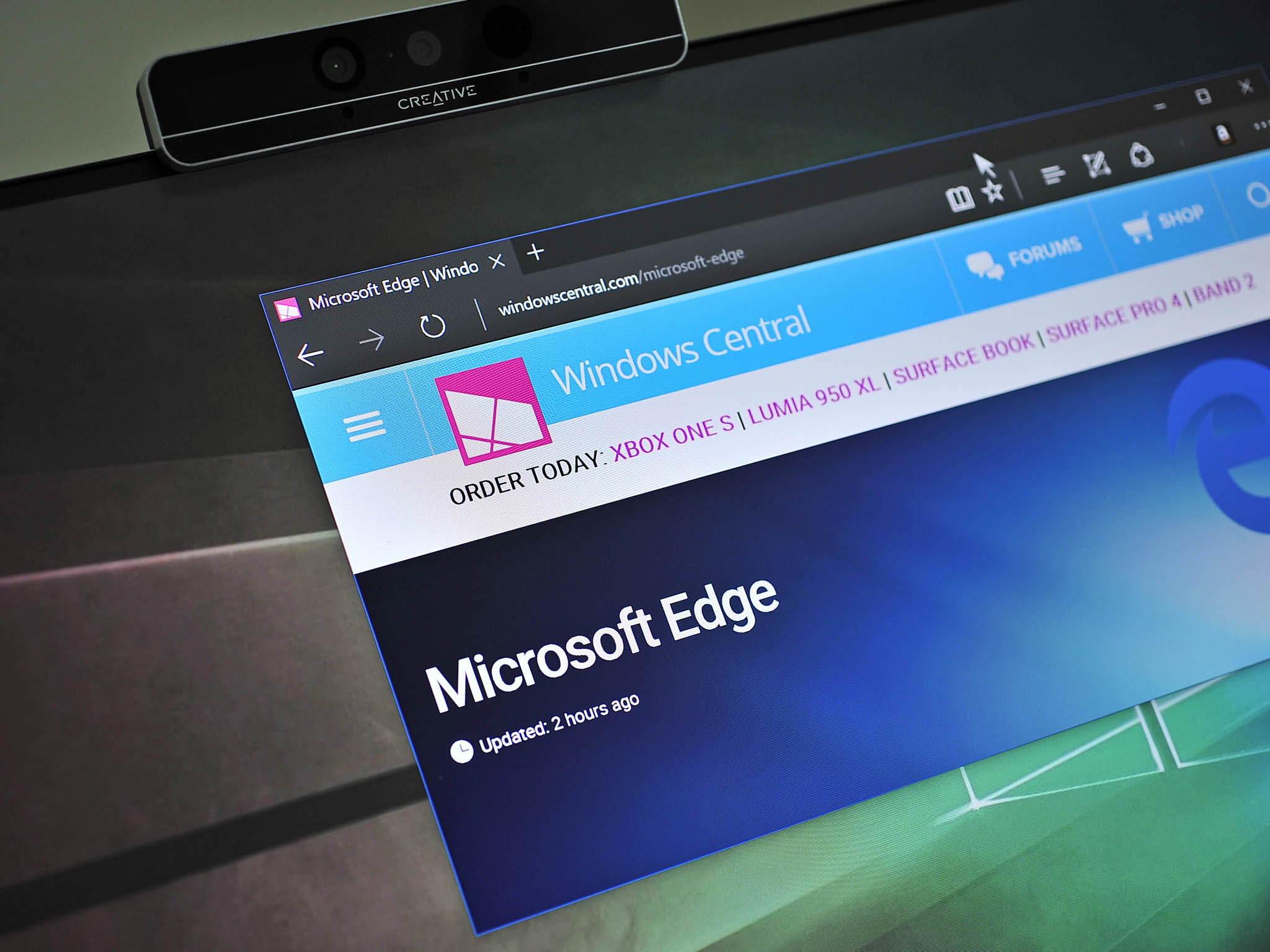Microsoft is building a Chromium-powered web browser that will replace Edge on Windows 10
Microsoft is throwing in the towel with Edge and is building a new web browser for Windows 10, this time powered by Chromium.

Microsoft's Edge web browser has seen little success since its debut on Windows 10 in 2015. Built from the ground up with a new rendering engine known as EdgeHTML, Microsoft Edge was designed to be fast, lightweight, and secure, but it launched with a plethora of issues that resulted in users rejecting it early on. Edge has since struggled to gain traction, thanks to its continued instability and lack of mindshare, from users and web developers.
Because of this, I'm told that Microsoft is throwing in the towel with EdgeHTML and is instead building a new web browser powered by Chromium, which uses a similar rendering engine first popularized by Google's Chrome browser known as Blink. Codenamed "Anaheim," this new browser for Windows 10 will replace Edge as the default browser on the platform, according to my sources, who wish to remain anonymous. It's unknown at this time if Anaheim will use the Edge brand or a new brand, or if the user interface (UI) between Edge and Anaheim is different. One thing is for sure, however; EdgeHTML in Windows 10's default browser is dead.
EdgeHTML is dead — long live Blink
Many will be happy to hear that Microsoft is finally adopting a different rendering engine for the default web browser on Windows 10. Using Chromium means websites should behave just like they do on Google Chrome in Microsoft's new Anaheim browser, meaning users shouldn't suffer from the same instability and performance issues found in Edge today. This is the first step towards revitalizing Windows 10's built-in web browser for users across PCs and phones. Edge on iOS and Android already uses rendering engines native to those platforms, so not much will be changing on that front.
In addition, Microsoft engineers were recently spotted committing code to the Chromium project to help get Google Chrome running on ARM. Perhaps some of that work will translate over to getting Anaheim running on Windows 10 on ARM, too.
I expect we'll see Microsoft introduce Anaheim throughout the 19H1 development cycle, which Insiders are currently testing in the Fast ring. This is a big deal for Windows. Microsoft's web browser should finally be able to compete alongside Chrome, Opera and Firefox, and those who are all-in with the Microsoft ecosystem will finally be getting a browser from Microsoft that works well when browsing the web.
There's still lots we don't know about Anaheim, and I'm sure we'll hear more about it officially from Microsoft in the coming weeks. What are your thoughts on this? Let us know in the comments.
Updated: Updated info about Microsoft engineers also committing code to Chromium.
All the latest news, reviews, and guides for Windows and Xbox diehards.

